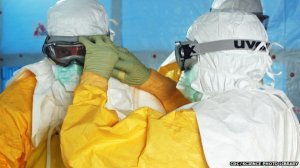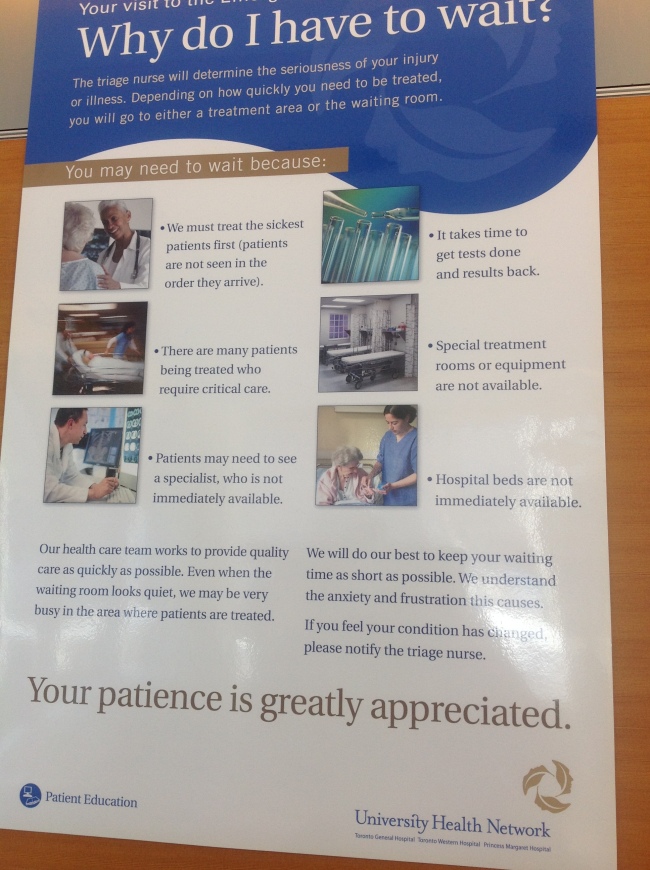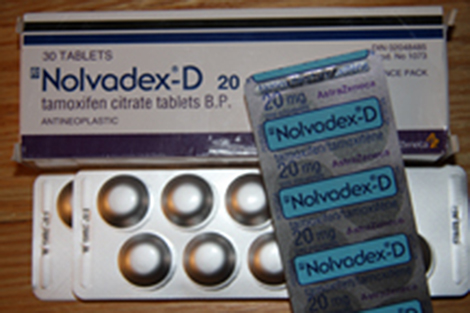One thing that amazes me is that the face of cancer is getting younger.
No longer is the patient an elderly senior but youth.
I asked myself someone who faces a terminal illness at the beginning of their life must feel fear and how do they cope. They are not at the end of their life after having a career and raising a family but at the beginning.
I had the honour of meeting such a young man in his early twenties quite by accident, as I took some time browsing at Italian custom furniture. Life just happens unexpectedly, when we connect with someone.
I wanted to share his story to help others his age but also to put a younger face on cancer.
As well knowledge is power and prostate cancer is not just an older person’s cancer.
Here is Justin’s story
* What is your diagnosis age?
Formative Stages of Prostate Cancer; Age 20.
*Is it unusual for someone your age to be diagnosed with this illness?
Yes
*Was there any family history?
Yes, My Grandfather battled it for 10 years and it was a leading contributor to his passing.
*How did your family react to the diagnosis?
Family and friends were really frightened by it, My grandfather had passed away only 2 years earlier, this diagnosis was too familiar.
*Were your peers open to discussing your diagnosis given this is uncommon in your age group.
I stayed pretty quiet about the whole diagnosis, close friends knew, and they were very sensitive to it, maybe too sensitive. They looked at me differently as if I had a ticking time bomb over my head.
*Did your outlook on life change?
Absolutely; I wanted to enjoy every moment to its fullest, not so much in a fear of sickness/death, but for the enjoyment of life. I chose to believe that this would not conquer me, and that was the outlook I maintained throughout my whole treatment.
*What was the best thing you did for yourself?
Keep my life normal – I always maintained a full schedule and stayed connected with work, friends and family. When I was weaker, I caught up on years of missed TV, Movies and reading; I thoroughly enjoyed this!
*What was the best thing someone else did for you?
I asked my best friend to never treat me any different (which can be a tall order to ask someone who cares about you!) If something was wrong, I would tell them. This helped me to maintain my own psyche.
*Did you find the medical information given to you helpful in explaining what was happening?
Yes and No; For the most part I had to investigate meanings and diagnoses further than the information I was provided; But my doctors also helped me to understand what I was going through by responding to emails and calls as needed.
*Who do you feel in the medical profession ie hospital, clerk, doctor, nurse,…. gave you the most support?
It was the Nurses who were most accessible and often worked with me through treatments, Doctors were also fairly supportive.
*Do you feel your treatment was timely with no delays?
It took about 14 months to really confirm the presence of Cancerous cells, treatment happened about 6 months after; it lasted for another 6.
*What advice would you give someone your own age?
Don’t Fear anything. Life happens to everyone, be thankful for what you have and keep living the way you did before diagnosis. A positive outlook will keep you sane for the roller coaster that is cancer treatment.




